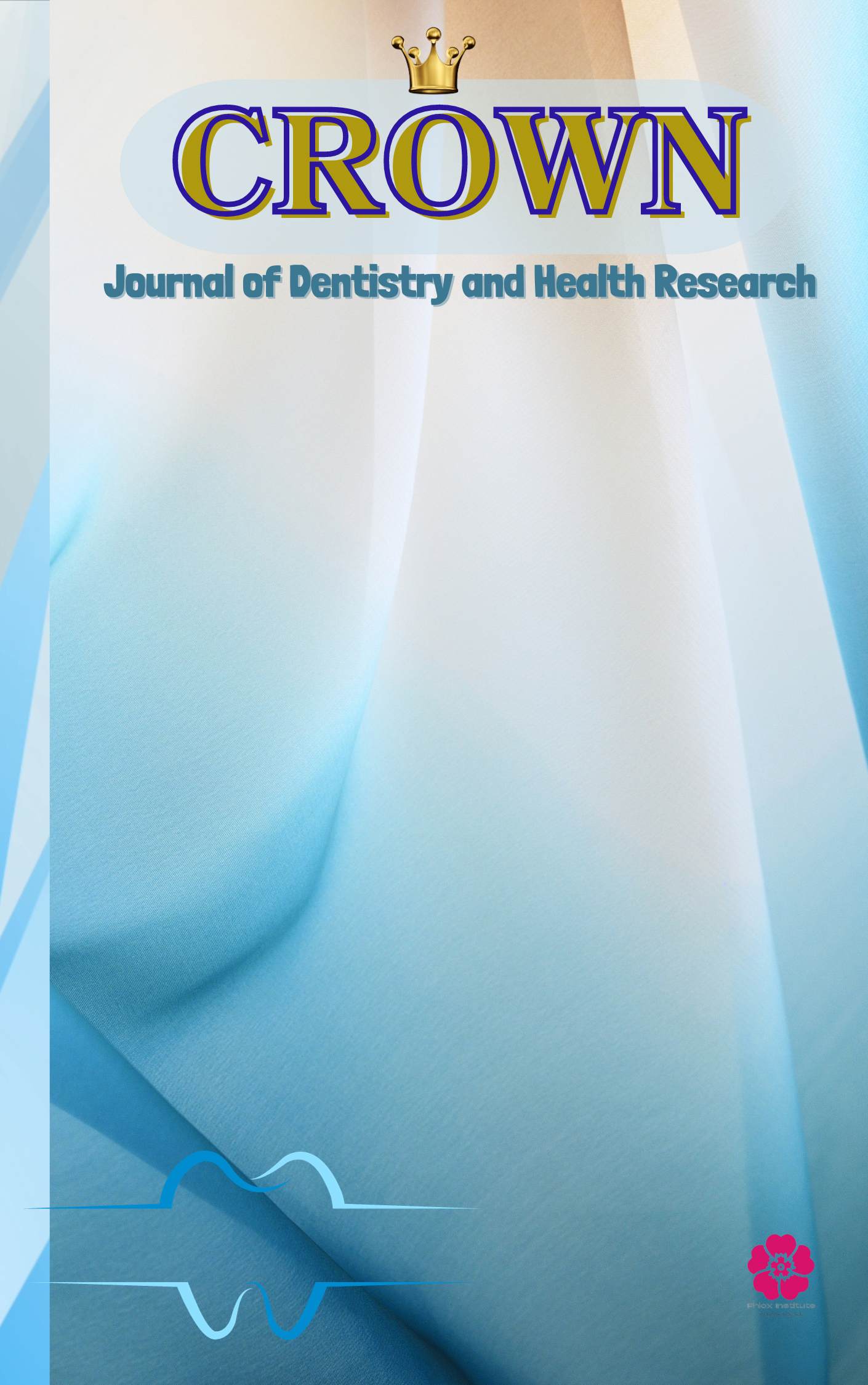Main Article Content
Abstract
Introduction: The regeneration of the dentin-pulp complex is a major challenge in vital pulp therapy. This study aimed to develop and evaluate a novel injectable hydrogel composed of strontium-doped bioactive glass (Sr-BG) in a methacrylated gelatin (GelMA) matrix to promote dentin-pulp complex regeneration. Strontium was added for its dual therapeutic effects of enhancing odontogenic differentiation and inhibiting bacterial activity.
Methods: We synthesized Sr-BG nanoparticles using a sol-gel method and characterized them with X-ray diffraction (XRD), Fourier-transform infrared spectroscopy (FTIR), and scanning electron microscopy (SEM). The nanoparticles were then incorporated into a GelMA hydrogel. We assessed the material's physical properties, including its swelling ratio, degradation rate, and ion release profiles (Si, Ca, P, Sr). We also evaluated its in vitro biocompatibility and odontogenic potential using human dental pulp stem cells (hDPSCs), assessing cell viability (MTT assay), alkaline phosphatase (ALP) activity, and the expression of odontogenic markers (DSPP, DMP-1, RUNX2) via RT-qPCR. We tested its antibacterial properties against Streptococcus mutans. For the in vivo evaluation, the hydrogel was used as a pulp capping agent in the mechanically exposed molars of Wistar rats. After 4 and 8 weeks, we assessed tissue regeneration using histological analysis (H&E and Masson's trichrome staining) and micro-computed tomography (micro-CT).
Results: The synthesized Sr-BG nanoparticles were amorphous with a particle size of about 80-120 nm. The Sr-BG/GelMA hydrogel exhibited controlled swelling and degradation, along with a sustained release of therapeutic ions. In vitro, the hydrogel demonstrated excellent biocompatibility and significantly upregulated ALP activity and the expression of DSPP, DMP-1, and RUNX2 in hDPSCs compared to the control group (p < 0.05). The material also showed significant antibacterial activity against S. mutans. In vivo, histological analysis revealed the formation of a thick, continuous, and well-organized tertiary dentin bridge with minimal inflammation in the Sr-BG/GelMA group at 8 weeks. Micro-CT analysis confirmed a significantly greater volume and density of newly formed mineralized tissue compared to control groups treated with calcium hydroxide.
Conclusion: The novel strontium-doped bioactive glass hydrogel showed significant potential for dentin-pulp complex regeneration. Its combined osteoinductive, angiogenic, and antibacterial properties make it a promising biomaterial for advanced vital pulp therapy, offering a superior alternative to traditional pulp capping agents.

